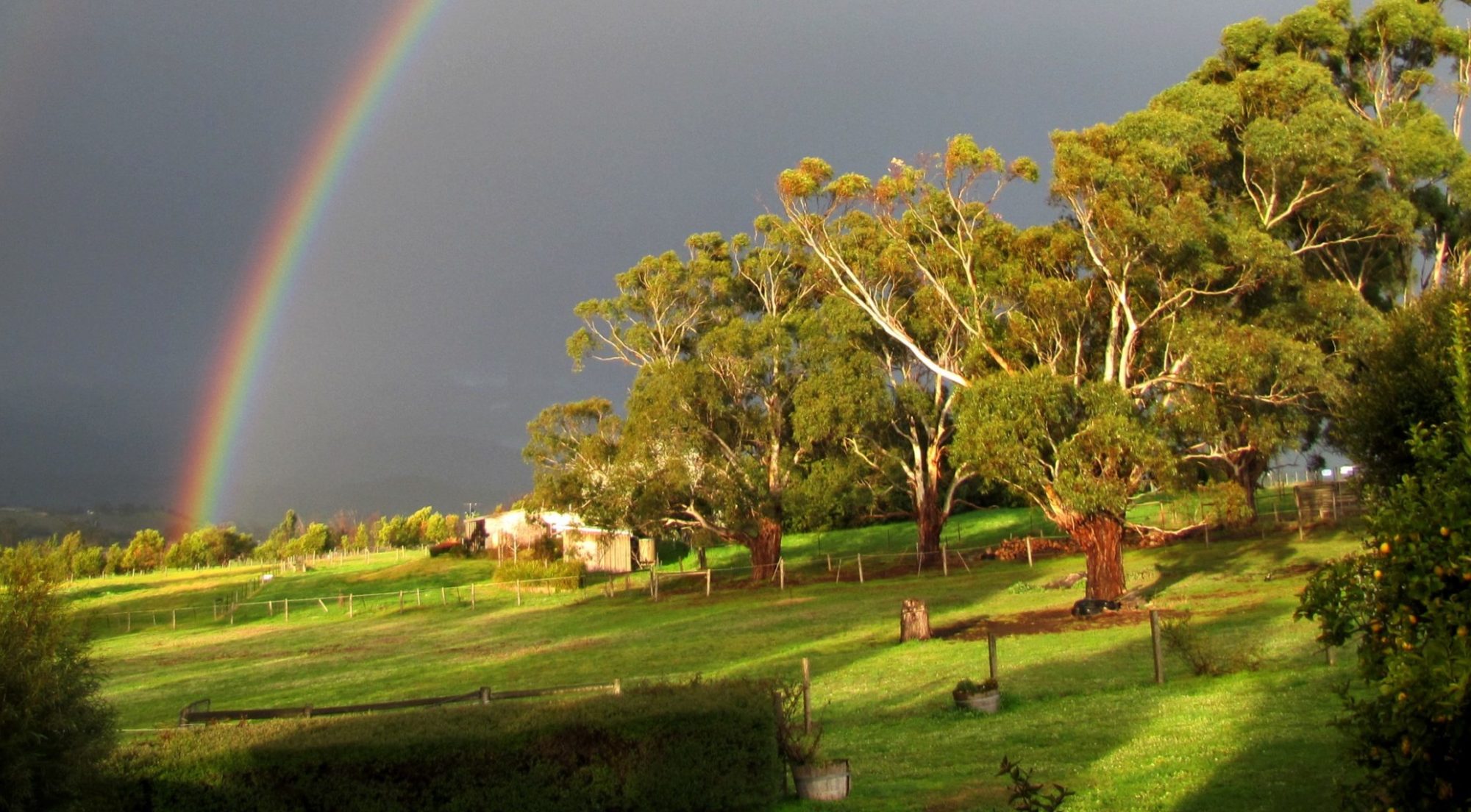
It seems our brains are activated from an early age by the sounds we hear. Soft lullabies are used by parents to help calm babies into sleep. Singing nursery rhymes together with our kids helps support their early learning and as our brains develop, the emotional power of music becomes more evident.
We soon learn that our feelings and even attitudes are affected by what we hear. This is evident when we attend movies and realise the musical score supports and highlights each scene.
Quite often our mood determines our choice of music. Sounds and rhythms can stimulate our thinking and behaviour, particularly when we hear songs from our past that trigger sometimes forgotten memories.
Commercial music choices used in retail stores is specifically designed to influence our purchasing and can vary depending on the environment, customers ages and even the time of day. Music and songs used in our TV and radio advertising are chosen to compliment the product being promoted and the target market.
Music can be used to lift our mood, inspire us, get us dancing or put us to sleep. The language of music communicates life, love, pathos and joy. It is used as a medication to improve our mental wellbeing, to relieve anxiety and depression and has proven to have positive therapeutic effects.
Realistically, our hills really are alive with the sound of music. If we sit quietly out in the Aussie bush, we are actually surrounded by the rhythm of life that pulsates within this beautiful natural environment. Whatever our location, let us try and allow the music we choose to speak to both our body and our soul.
I’m Peter Mack and that’s life.
